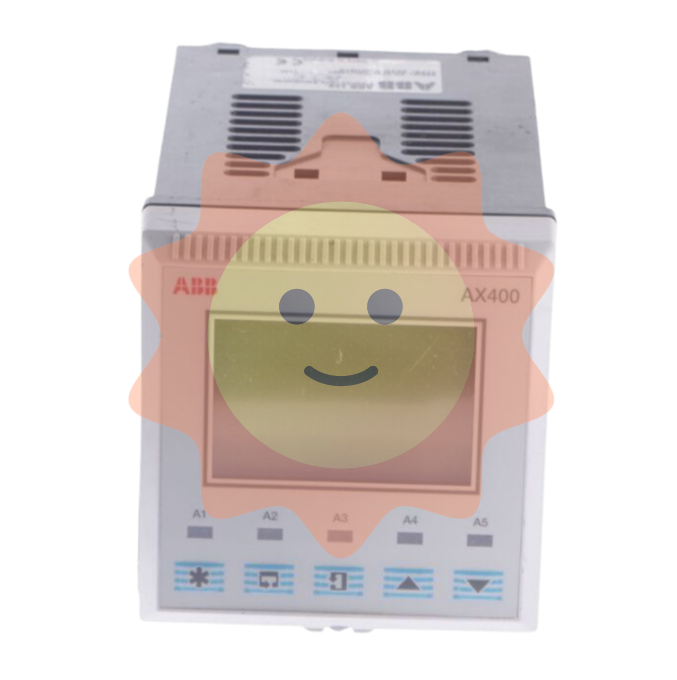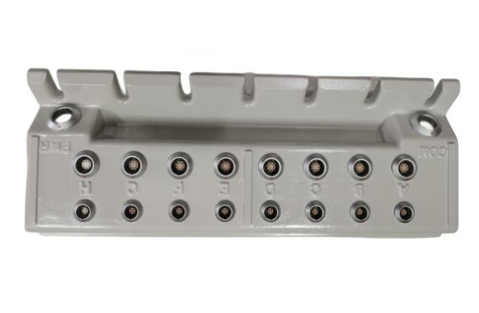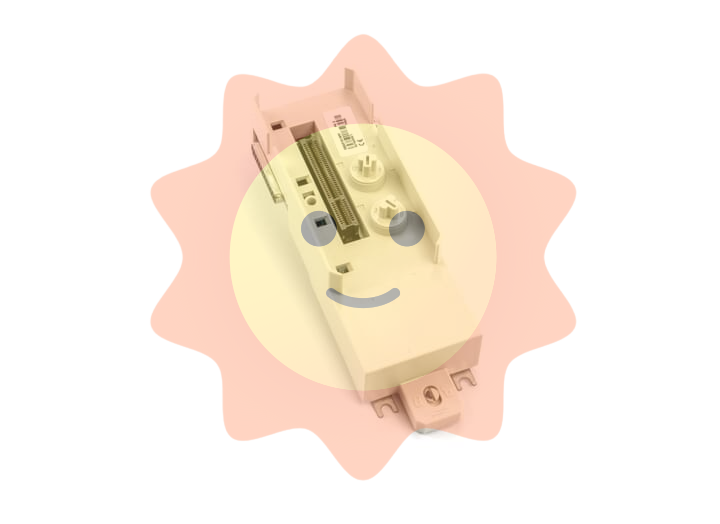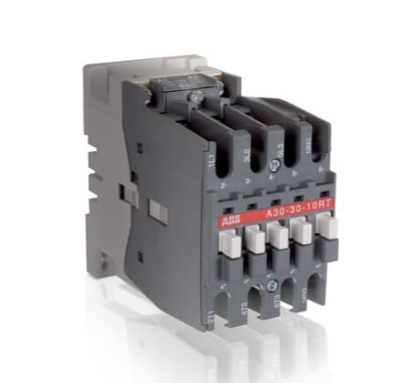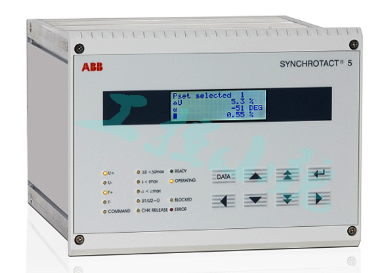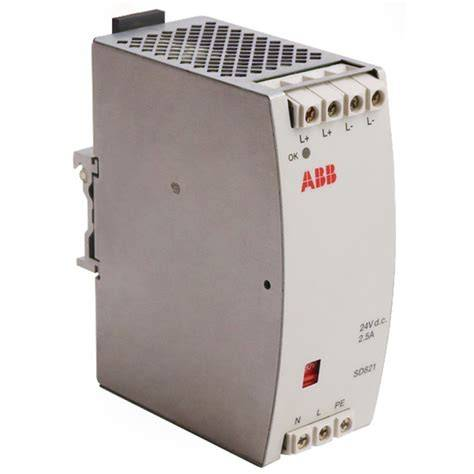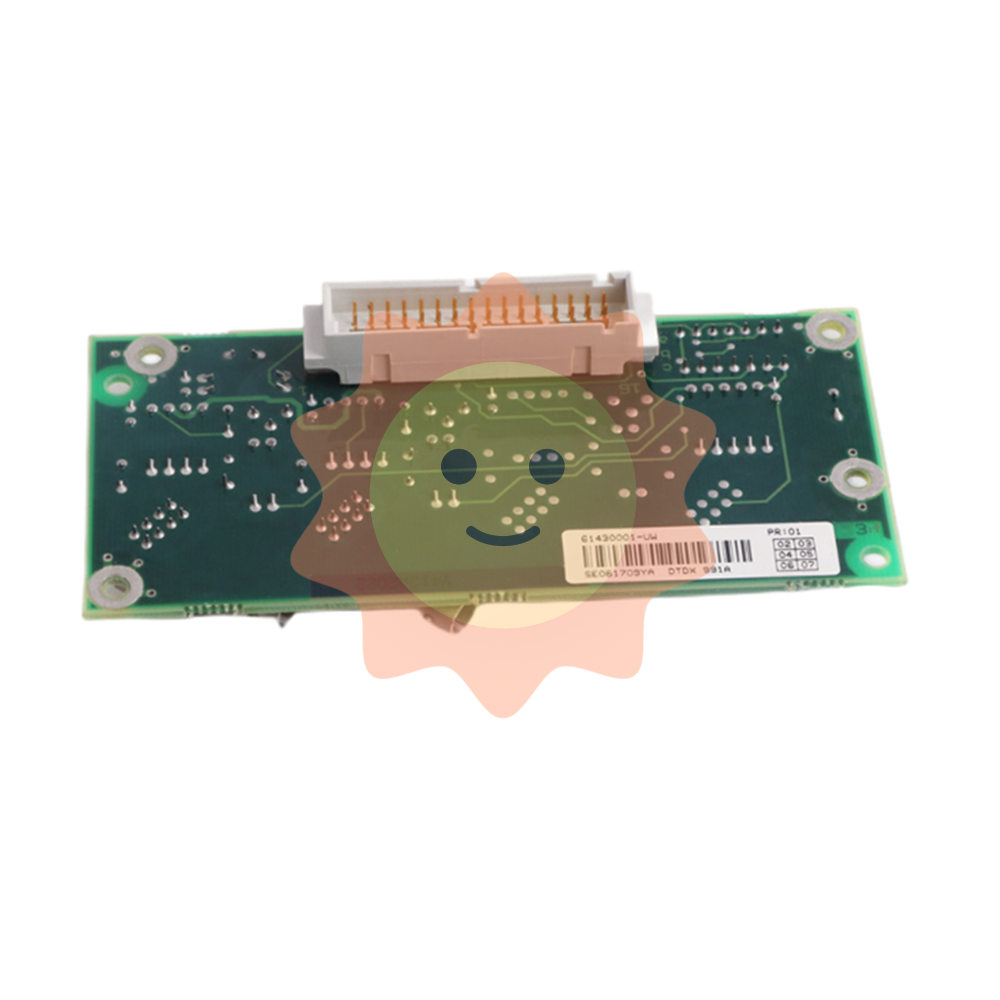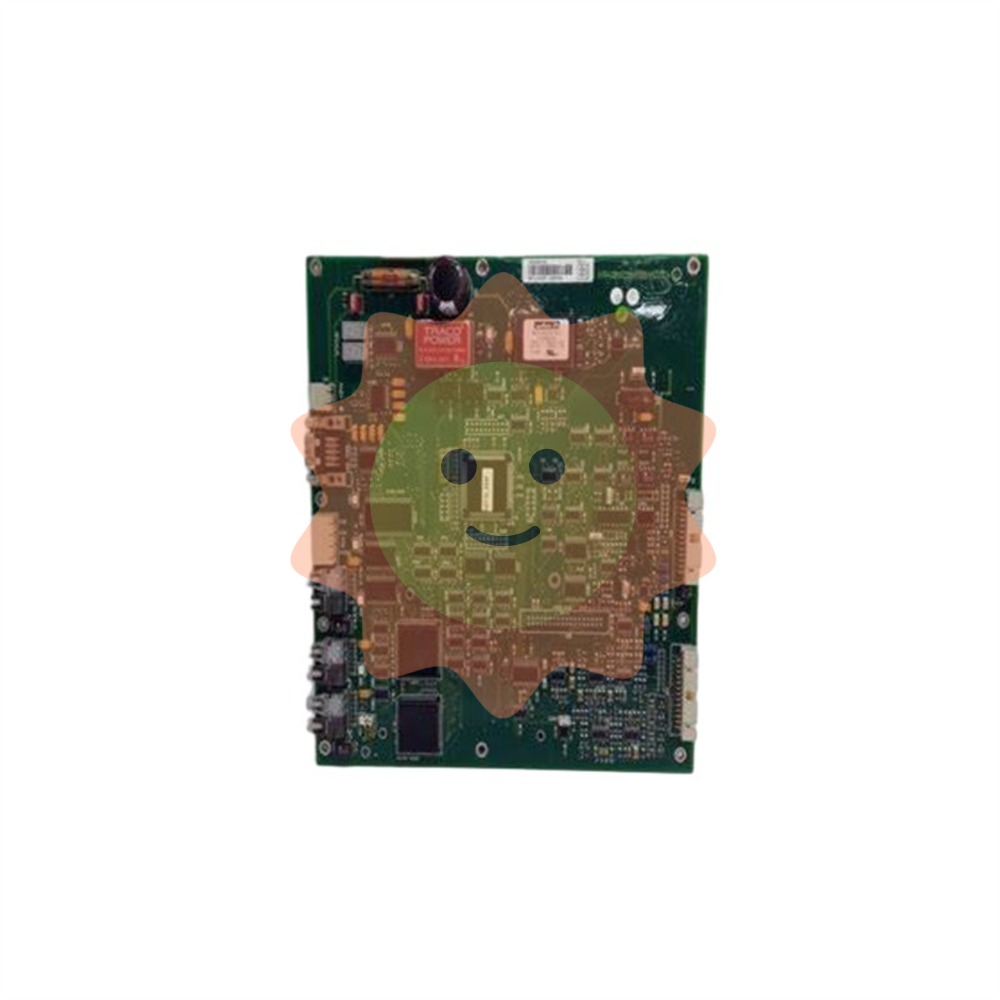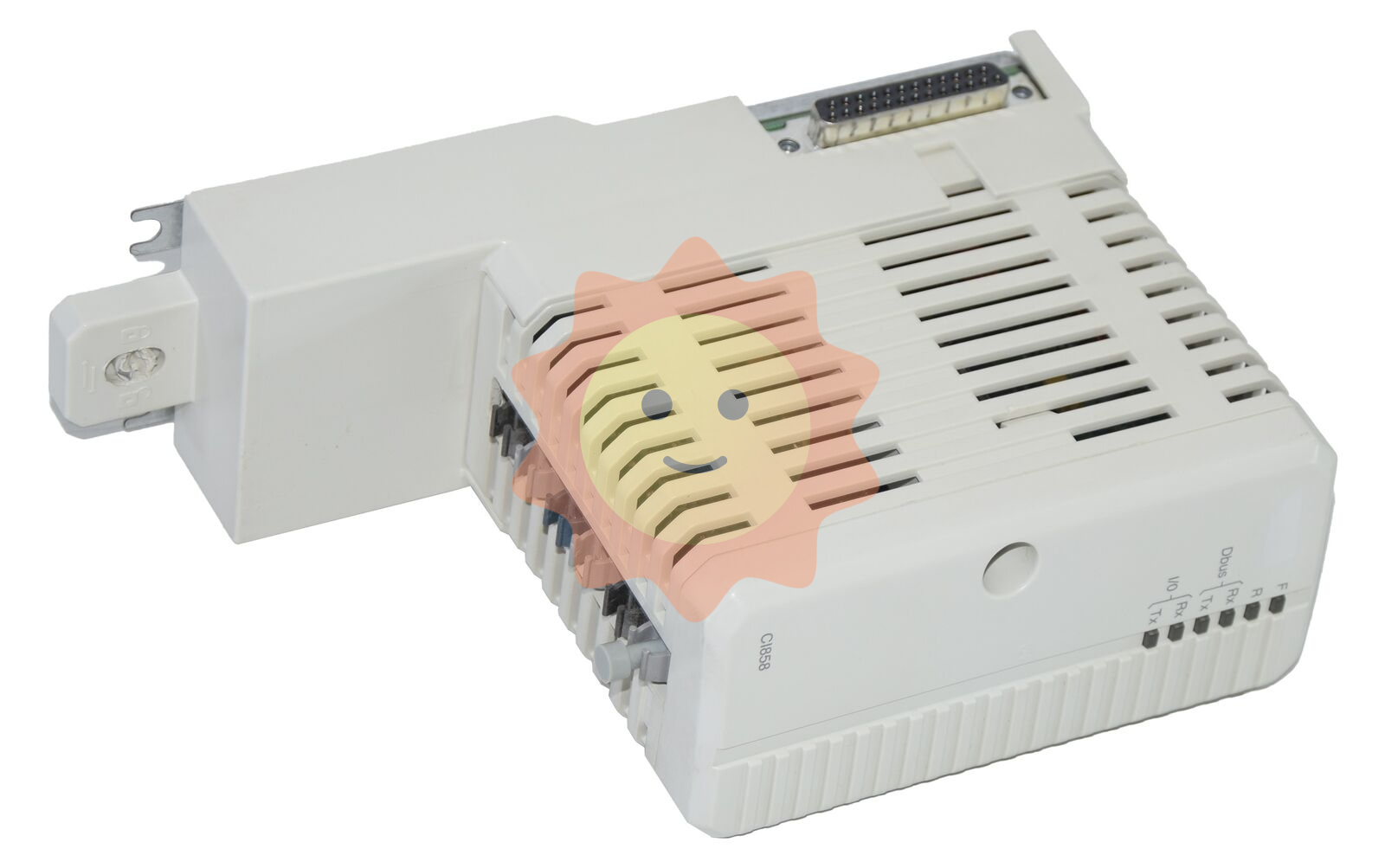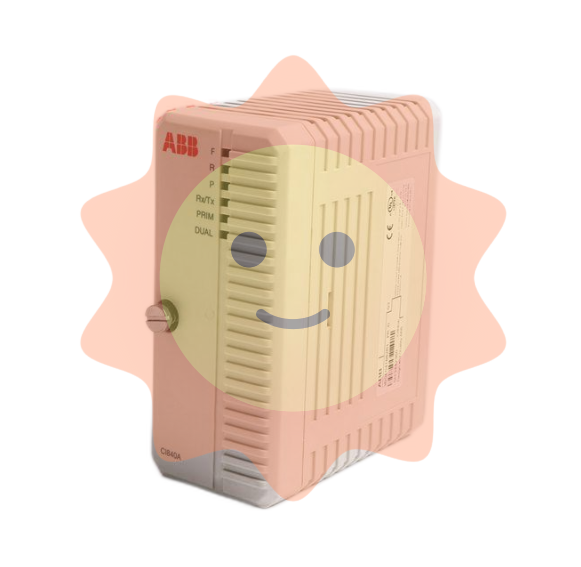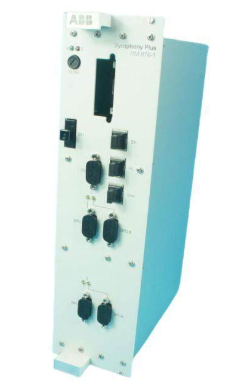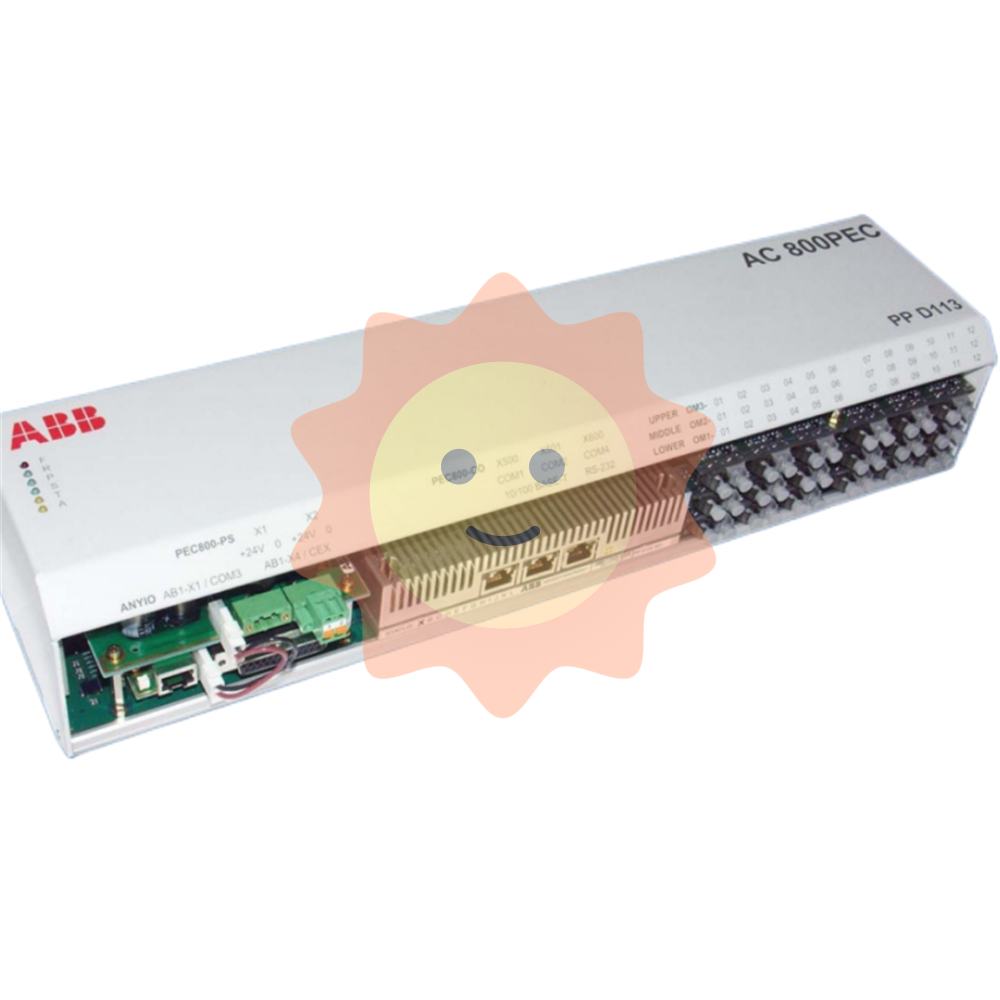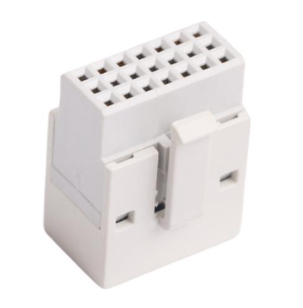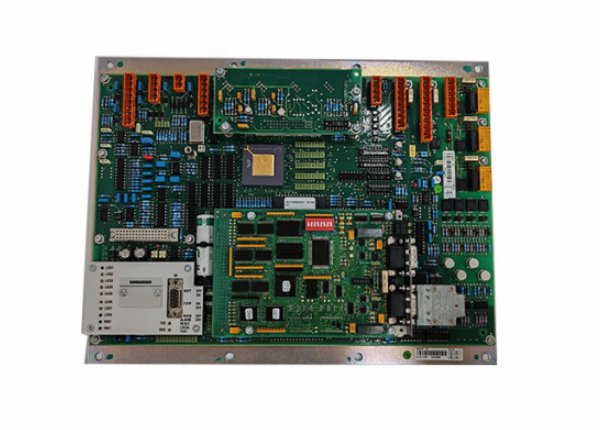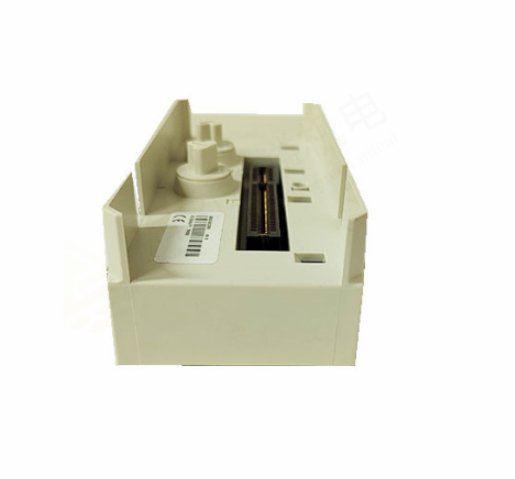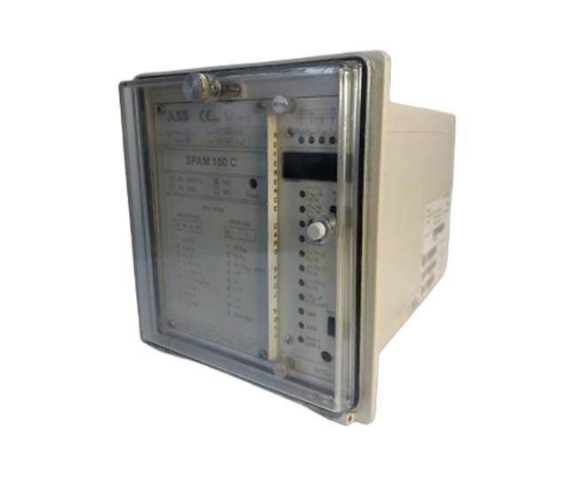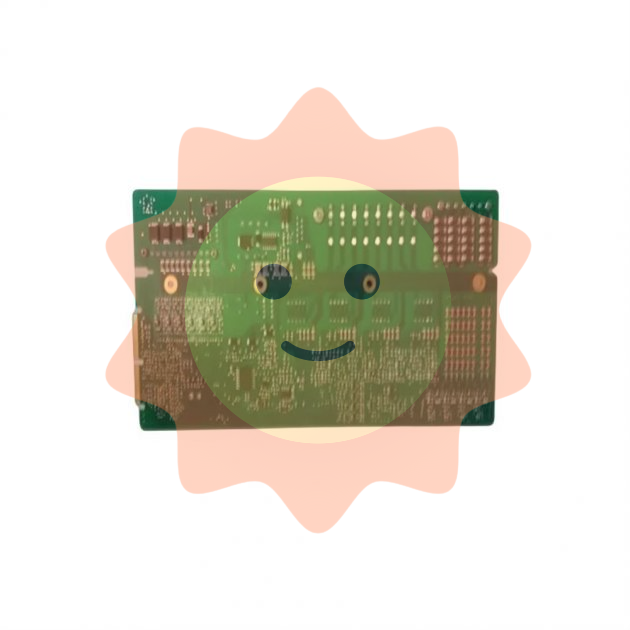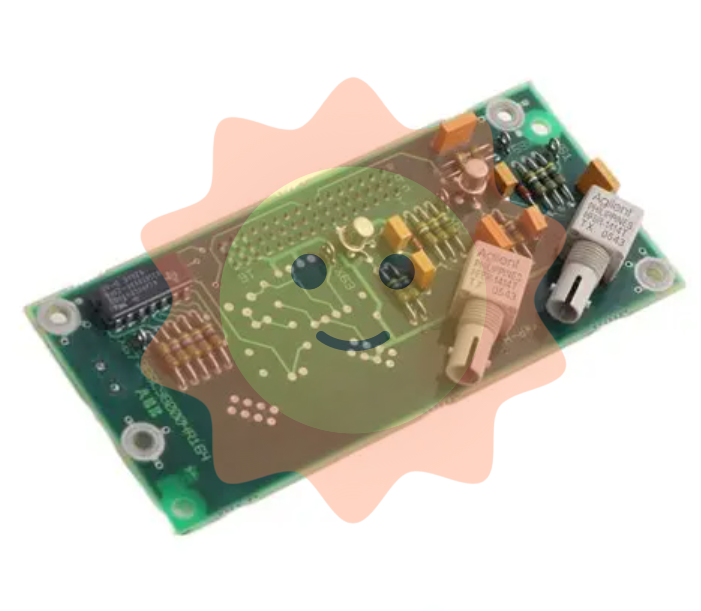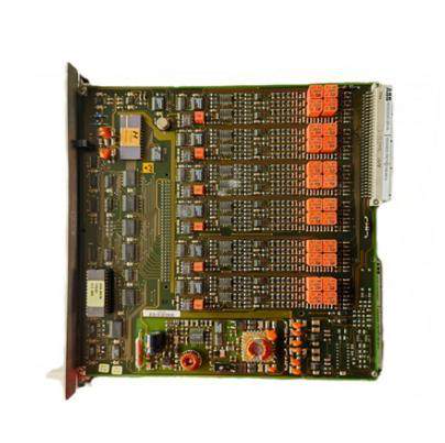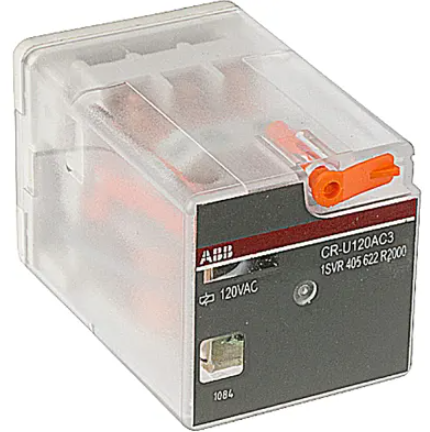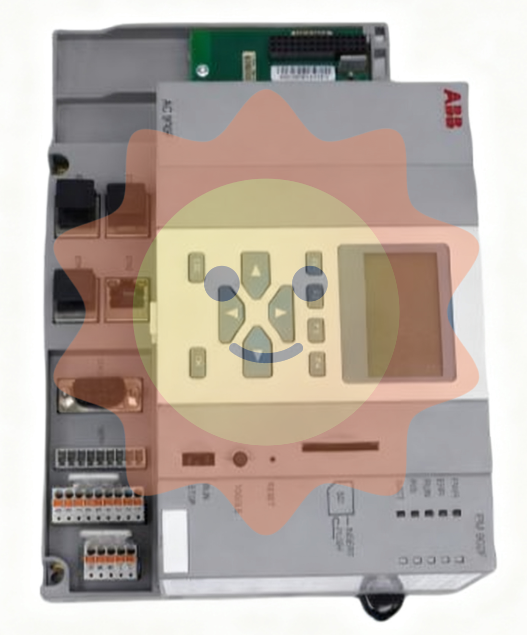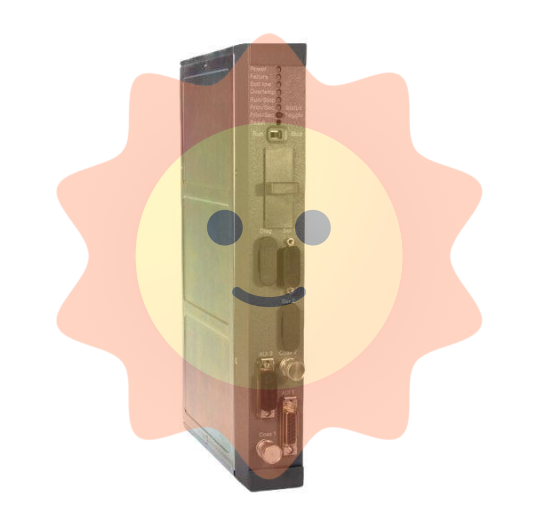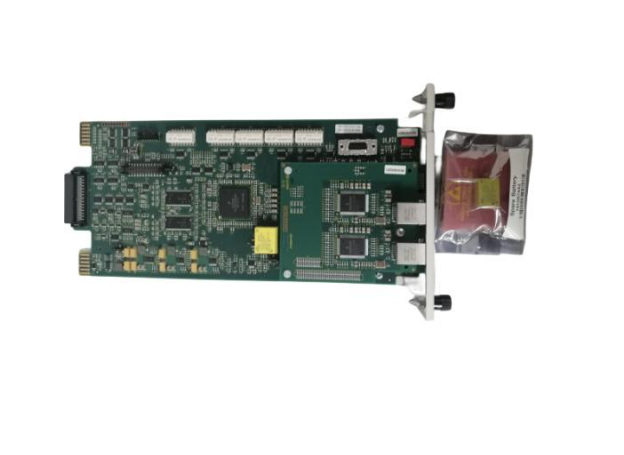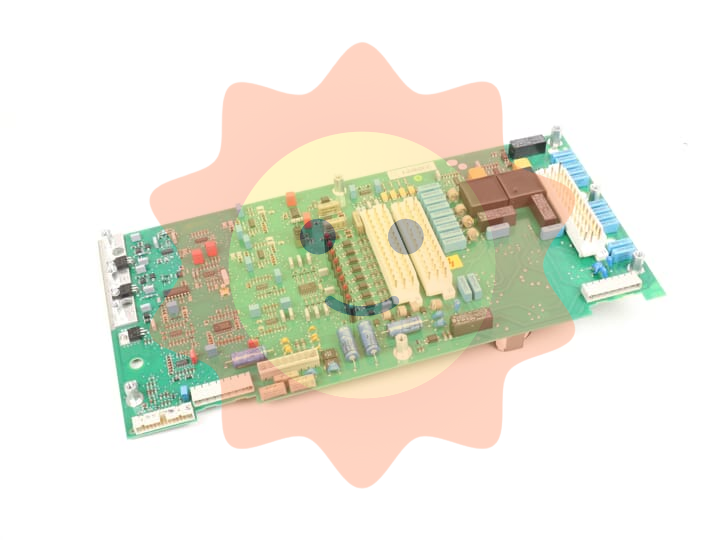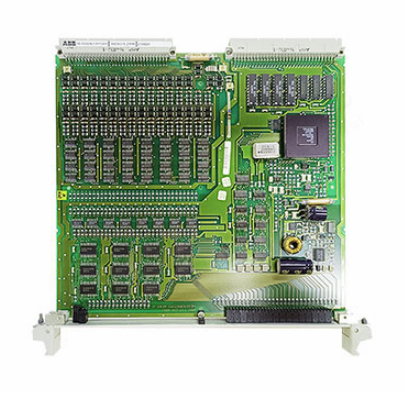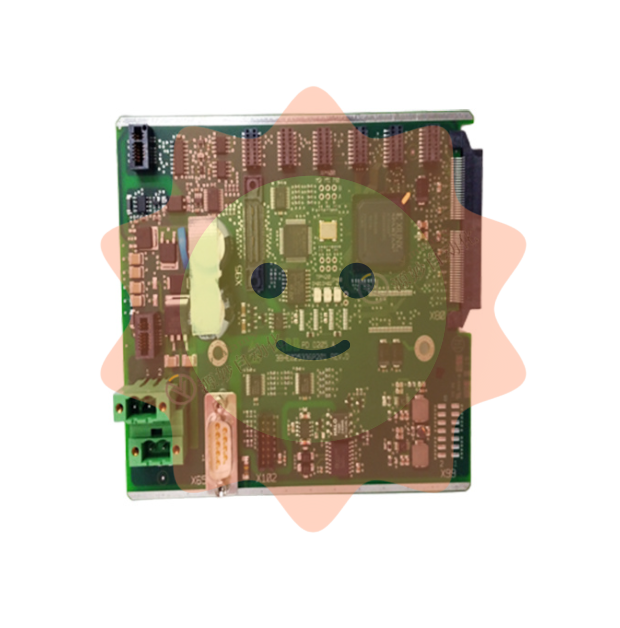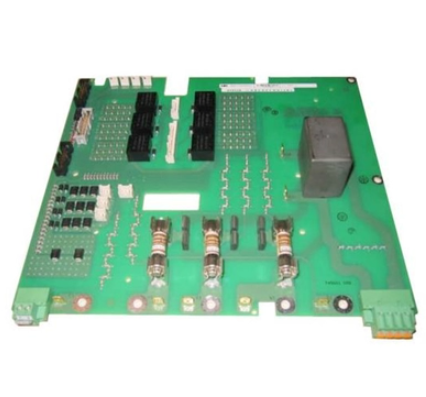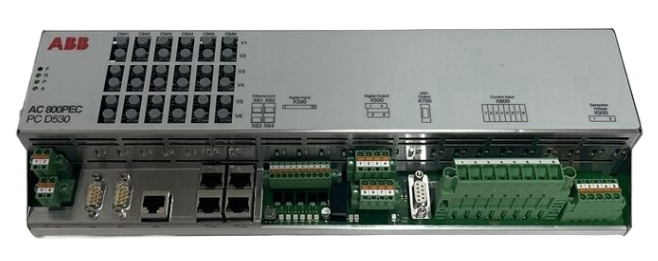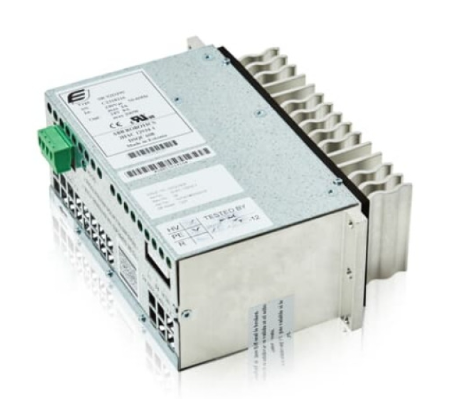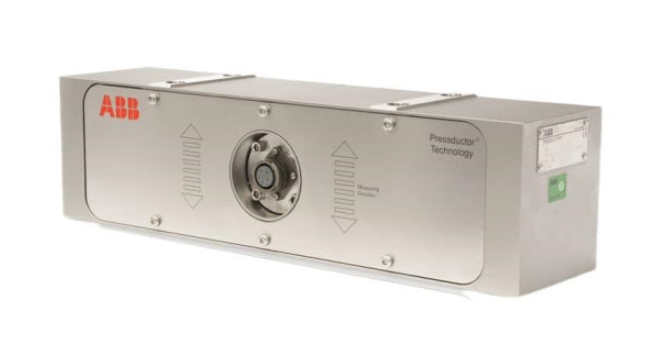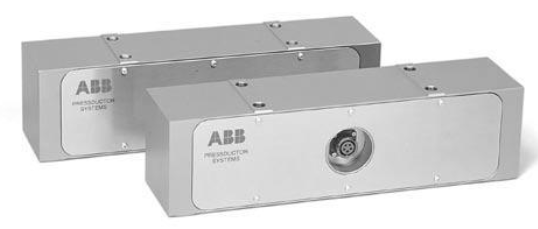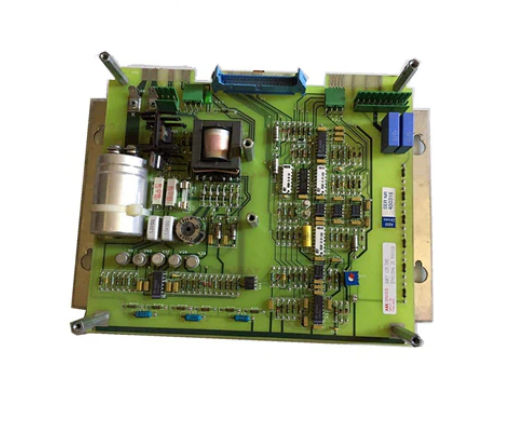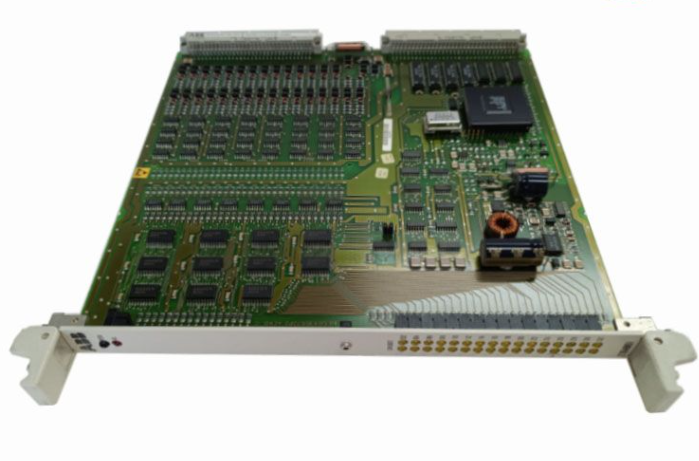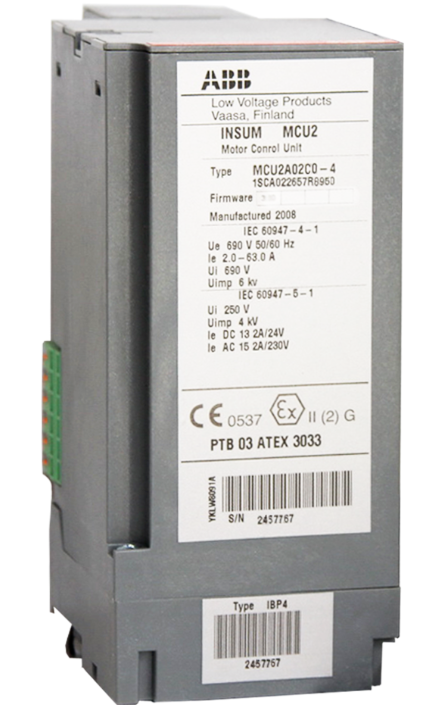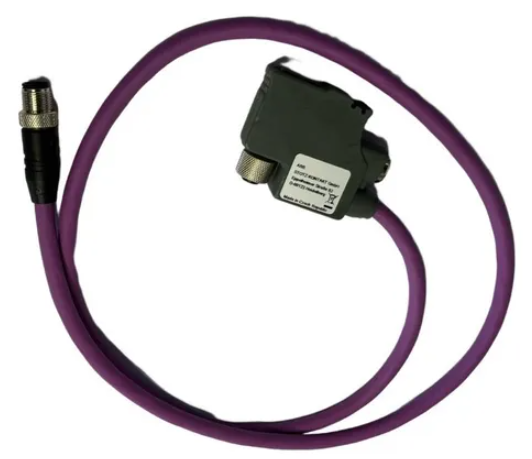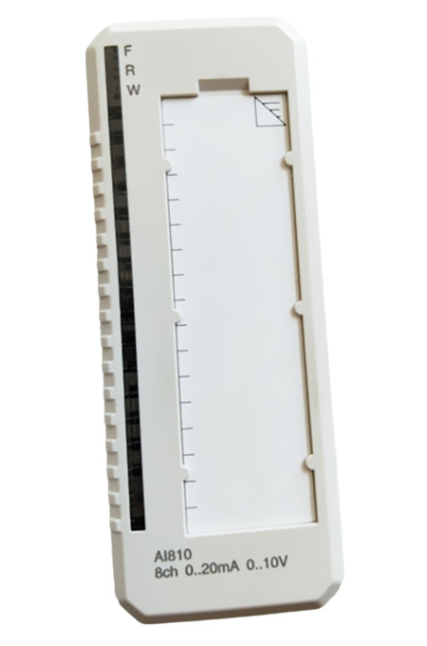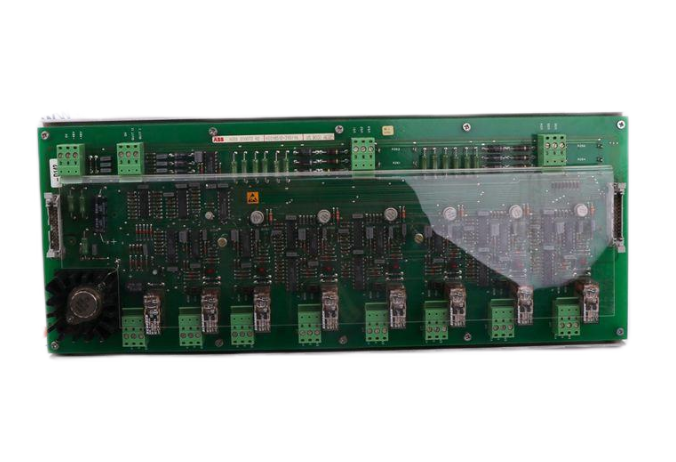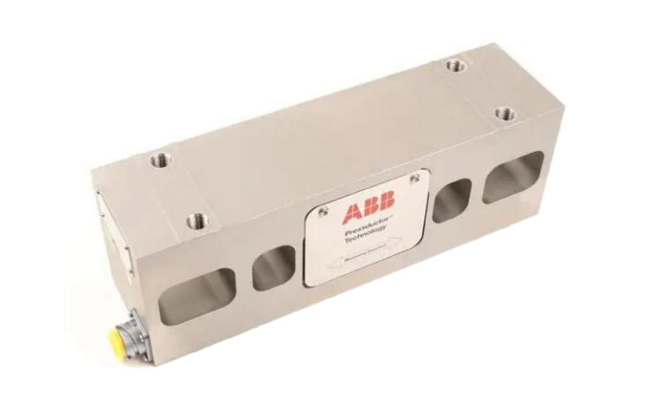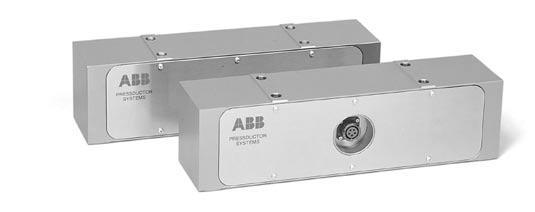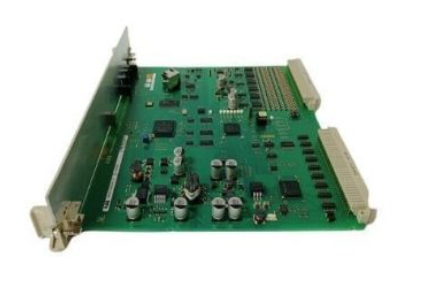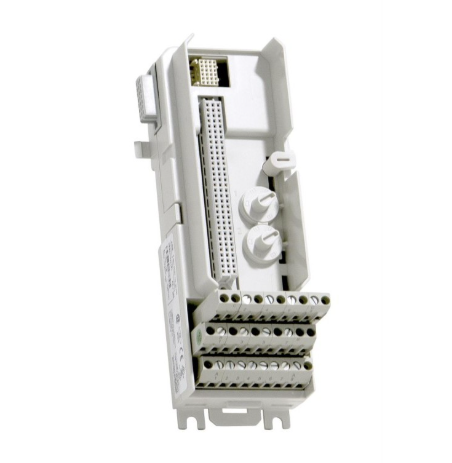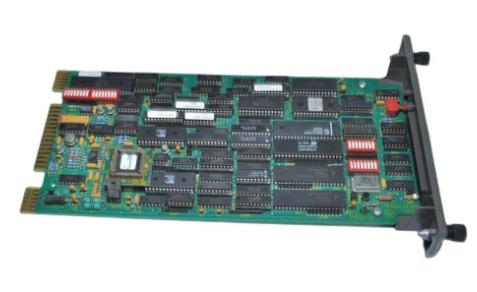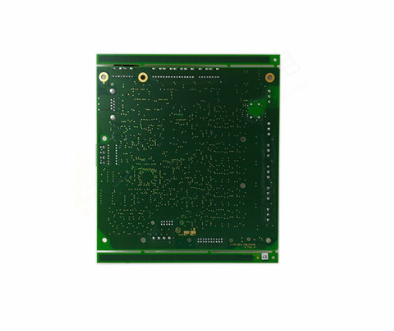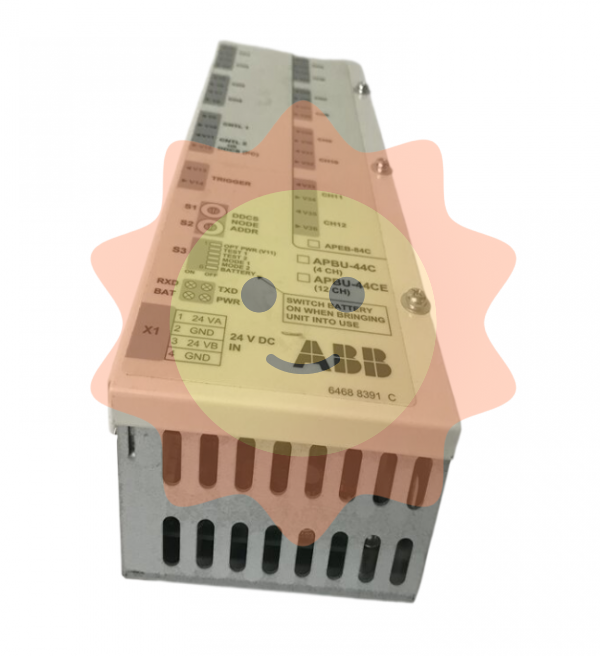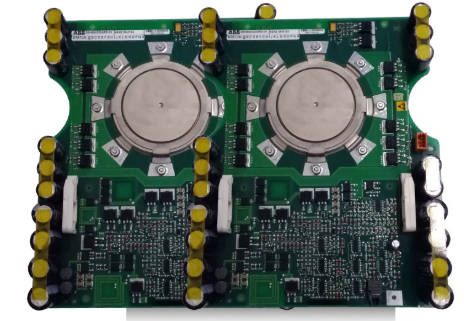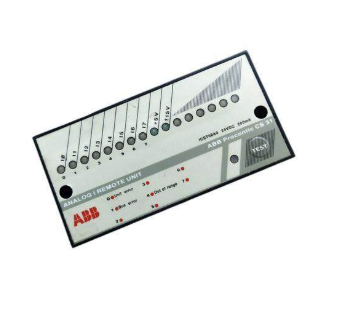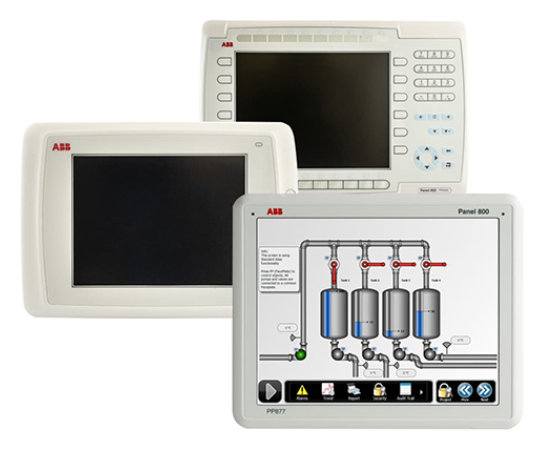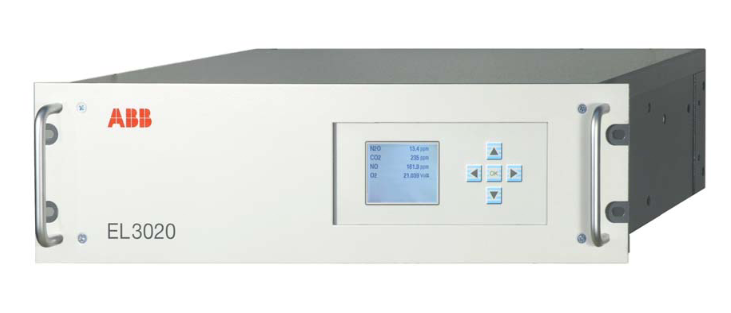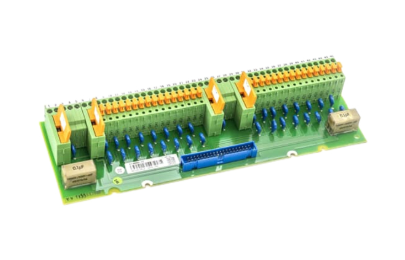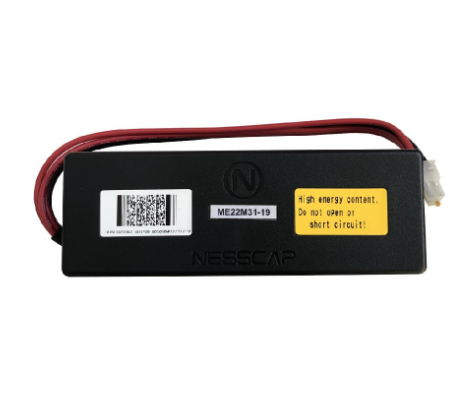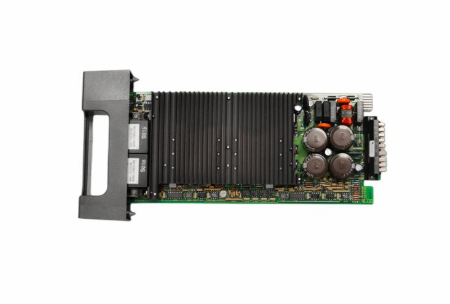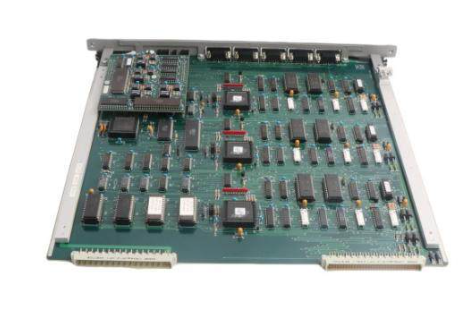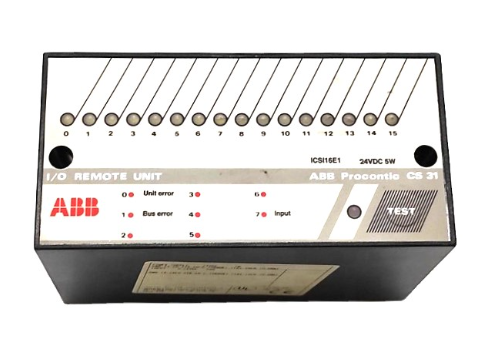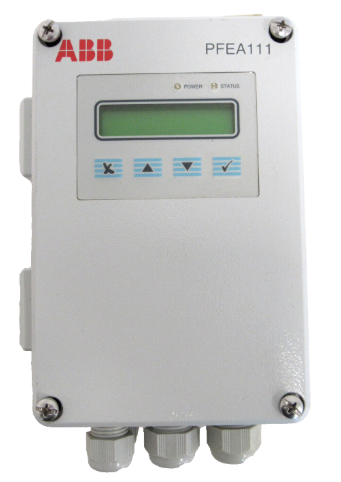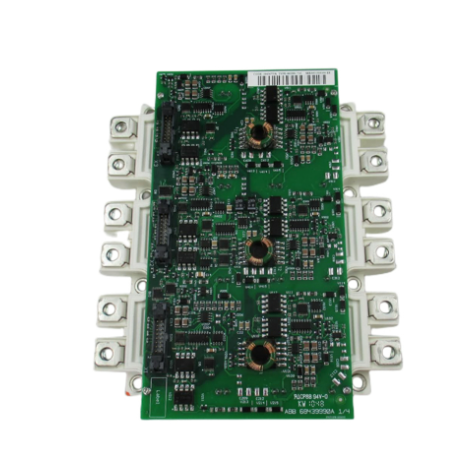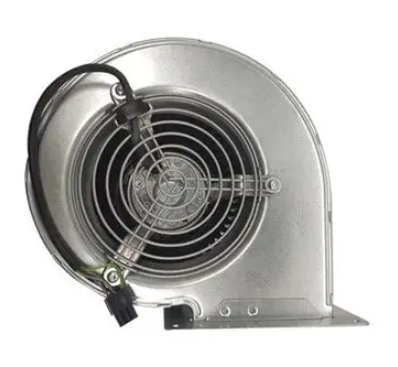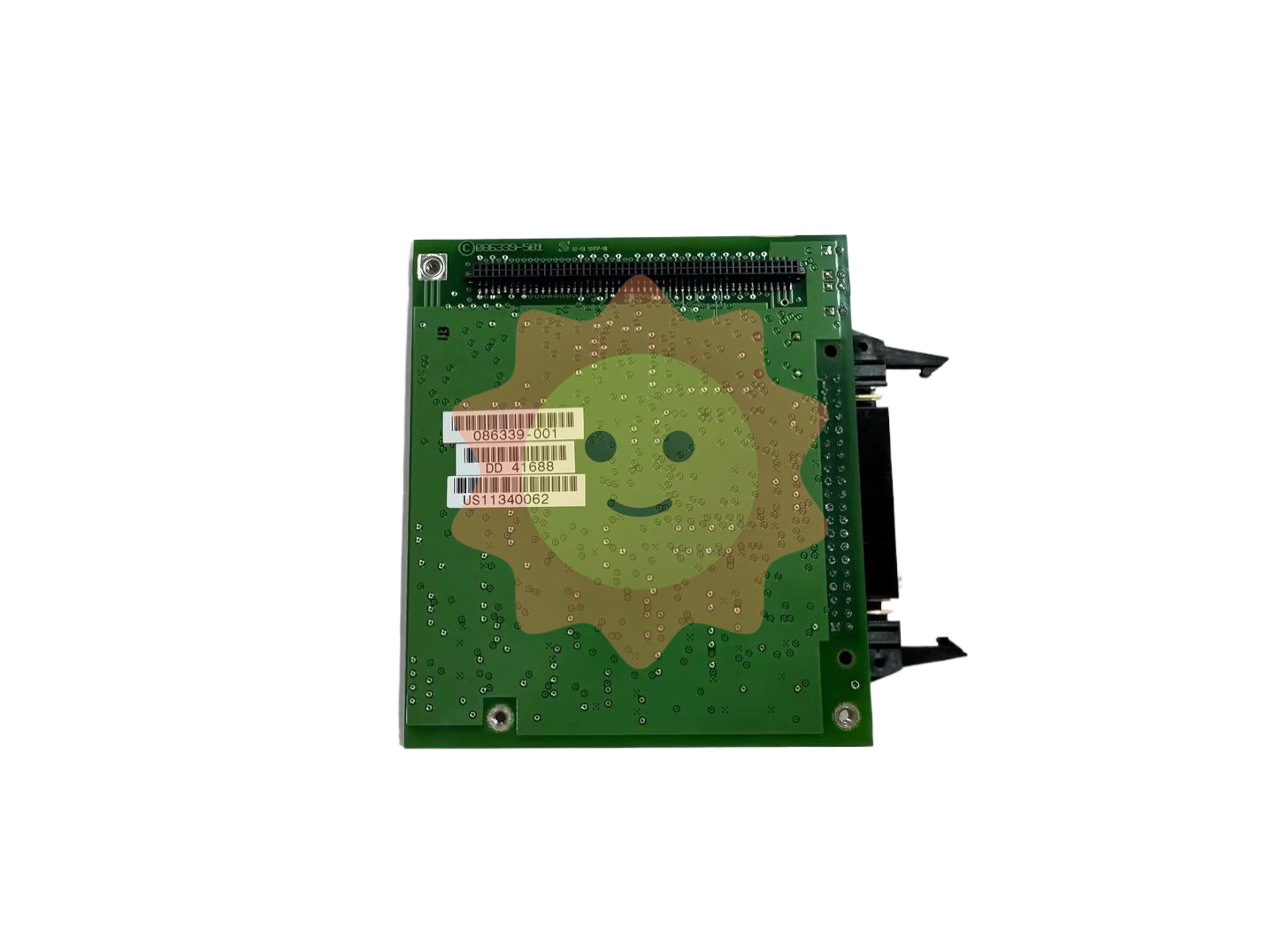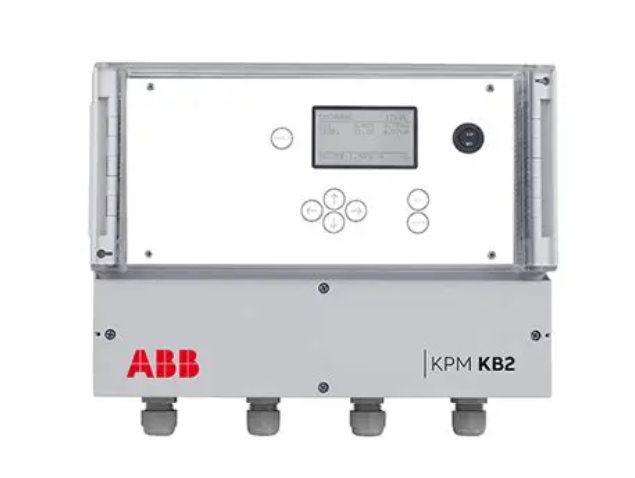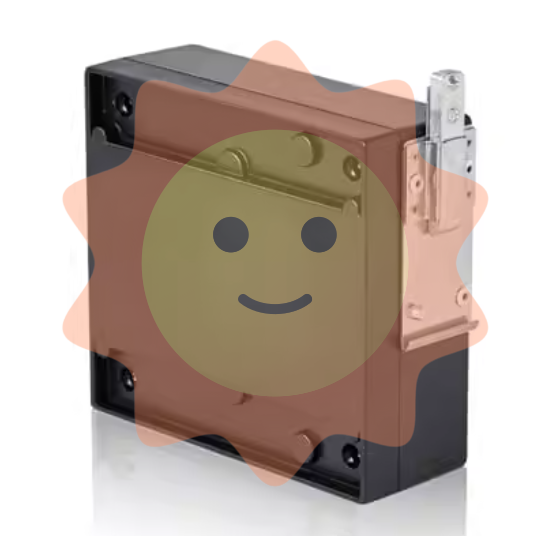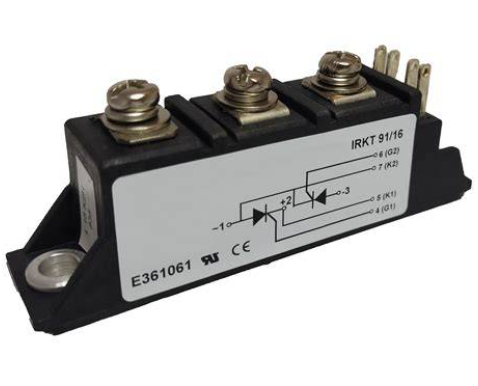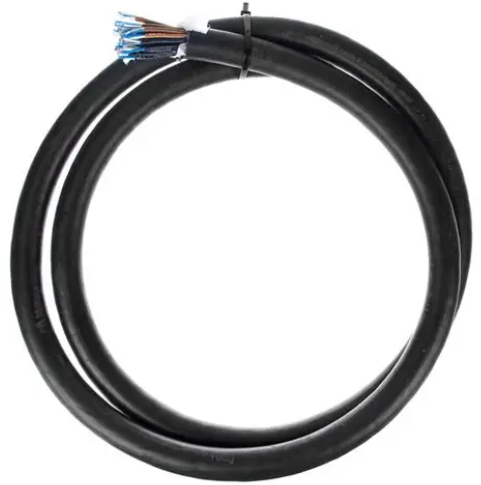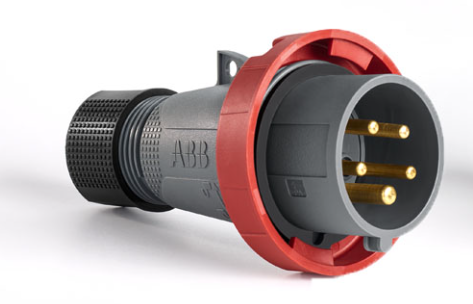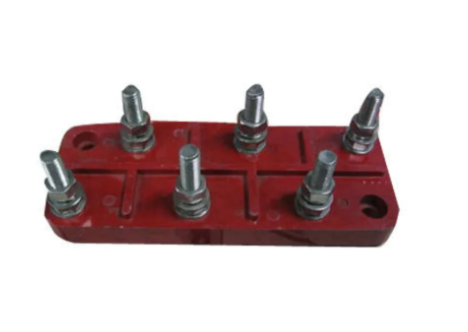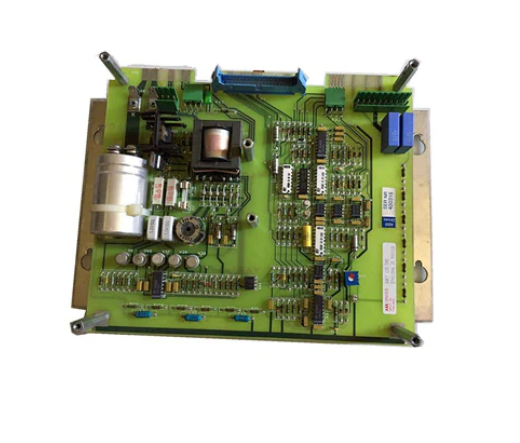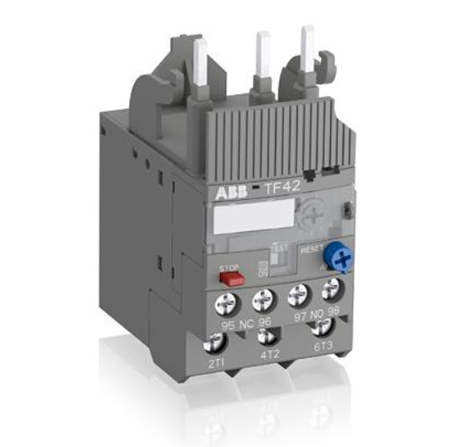Types, characteristics and applications of sewage treatment agents
4) Removal of turbidity, decolorization, deoiling, dehydration, sterilization, deodorization, algae removal, removal of COD, BOD and heavy metal ions in water is significant;
5) The PH range of the water is wide 4-11, and the optimal PH range is 6-9. The PH value and total alkalinity of the raw water after purification are small, and the corrosion of the treatment equipment is small;
6) The purification effect of micro-pollution, algae, low temperature and low turbidity raw water is significant, and the purification effect of high turbidity raw water is especially good;
7) The dosage is small, the cost is low, and the treatment cost can be saved by 20%-50%.
3. Polyacrylamide
Polyacrylamide (PAM) is a water-soluble polymer, insoluble in most organic solvents, has good flocculation, can reduce the friction resistance between liquids, according to ionic characteristics can be divided into non-ionic, anionic, cationic and amphoteric four types.
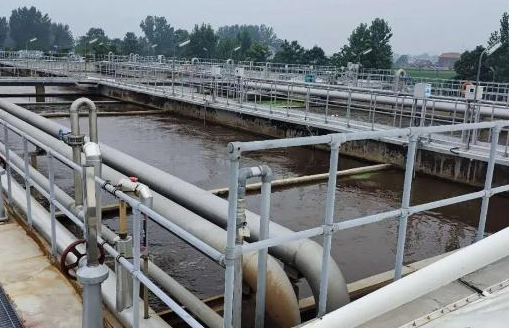
Cationic polyacrylamide use precautions:
1) Flocs size: too small flocs will affect the speed of drainage, and too large flocs will restrain more water and reduce the degree of mud biscuit. The size of the floc can be adjusted by selecting the molecular weight of the polyacrylamide.
2) Sludge characteristics: The first point to understand the source, characteristics and composition of sludge, the proportion. According to the different properties, sludge can be divided into organic and inorganic sludge two kinds. Cationic polyacrylamide is used for the disposal of organic sludge, the relative anionic polyacrylamide flocculant is used for inorganic sludge, anionic polyacrylamide is used when the alkali is very strong, and anionic polyacrylamide is not appropriate when the acid is very strong, and the amount of polyacrylamide is usually large when the solid content of the sludge.
3) Floc strength: Floc should be stable and not broken under shearing. Improving the molecular weight of polyacrylamide or selecting suitable molecular structure is helpful to improve the stability of flocs.
4) the ionic degree of polyacrylamide: for dehydrated sludge, flocculants of different ionic degrees can be used to stop the selection of small tests, and the best suitable polyacrylamide can be selected, so that the best flocculant effect can be obtained, and the amount of medication can be added to the least and the cost can be saved.
5) Dissolution of polyacrylamide: good dissolution can give full play to the flocculation effect. Sometimes it is necessary to speed up the dissolution rate, at which time the concentration of the polyacrylamide solution can be considered.
Scope of application:
1) As retention agent and reinforcing agent in the papermaking process.
2) Water treatment as coagulant aid, flocculant, sludge dehydrating agent.
3) Used as water lowering agent and oil displacement agent in oil drilling and production.
4) PAM is also widely used in thickening, stabilizing colloid, reducing drag, bonding, film forming, biomedical materials and so on.
4, inorganic flocculant aluminum sulfate
The applicable pH range is related to the hardness of the raw water, the appropriate pH value is 5 ~ 6.6 for the treatment of soft water, 6.6 ~ 7.2 for the treatment of medium hard water, and 7.2 ~ 7.8 for the treatment of high hard water. The applicable water temperature range of aluminum sulfate is 20oC ~ 40oC, and the coagulation effect is very poor when it is lower than 10oC. Aluminum sulfate is less corrosive and easy to use, but the hydrolysis reaction is slow, and a certain amount of alkali needs to be consumed.
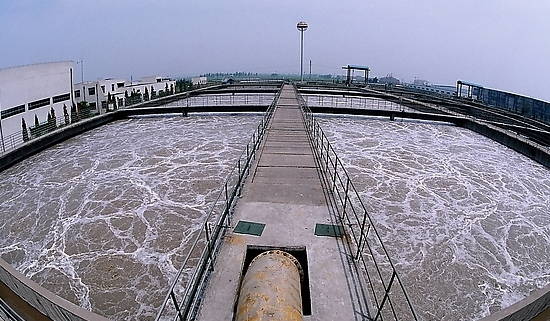
5, inorganic flocculant ferric chloride
Is another commonly used inorganic low molecular coagulant, the product has a solid dark brown crystal, but also has a higher concentration of liquid. It is easy to dissolve in water, large and heavy alum, good precipitation performance, wide range of adaptation to temperature, water quality and pH, etc. The applicable pH value range of ferric chloride is 9 ~ 11, the formed floc density is large, easy to precipitate, and the effect is still very good at low temperature or high turbidity. Solid ferric chloride has strong water absorption, strong corrosion, easy to corrode equipment, high corrosion requirements for dissolution and dosing equipment, pungent odor, poor operating conditions.
- EMERSON
- Honeywell
- CTI
- Rolls-Royce
- General Electric
- Woodward
- Yaskawa
- xYCOM
- Motorola
- Siemens
- Rockwell
- ABB
- B&R
- HIMA
- Construction site
- electricity
- Automobile market
- PLC
- DCS
- Motor drivers
- VSD
- Implications
- cement
- CO2
- CEM
- methane
- Artificial intelligence
- Titanic
- Solar energy
- Hydrogen fuel cell
- Hydrogen and fuel cells
- Hydrogen and oxygen fuel cells
- tyre
- Chemical fiber
- dynamo
- corpuscle
- Pulp and paper
- printing
- fossil
- FANUC
- Food and beverage
- Life science
- Sewage treatment
- Personal care
- electricity
- boats
- infrastructure
- Automobile industry
- metallurgy
- Nuclear power generation
- Geothermal power generation
- Water and wastewater
- Infrastructure construction
- Mine hazard
- steel
- papermaking
- Natural gas industry
- Infrastructure construction
- Power and energy
- Rubber and plastic
- Renewable energy
- pharmacy
- mining
- Plastic industry
- Schneider
- Kongsberg
- NI
- Wind energy
- International petroleum
- International new energy network
- gas
- WATLOW
- ProSoft
- SEW
- wind
- ADVANCED
- Reliance
- YOKOGAWA
- TRICONEX
- FOXBORO
- METSO
- MAN
- Advantest
- ADVANCED
- ALSTOM
- Control Wave
- AB
- AMAT
- STUDER
- KONGSBERG
- MOTOROLA
- DANAHER MOTION
- Bently
- Galil
- EATON
- MOLEX
- Triconex
- DEIF
- B&W
- ZYGO
- Aerotech
- DANFOSS
- KOLLMORGEN
- Beijer
- Endress+Hauser
- MOOG
- KB
- Moxa
- Rexroth
- YAMAHA
- Johnson
- Westinghouse
- WAGO


Email:wang@kongjiangauto.com

